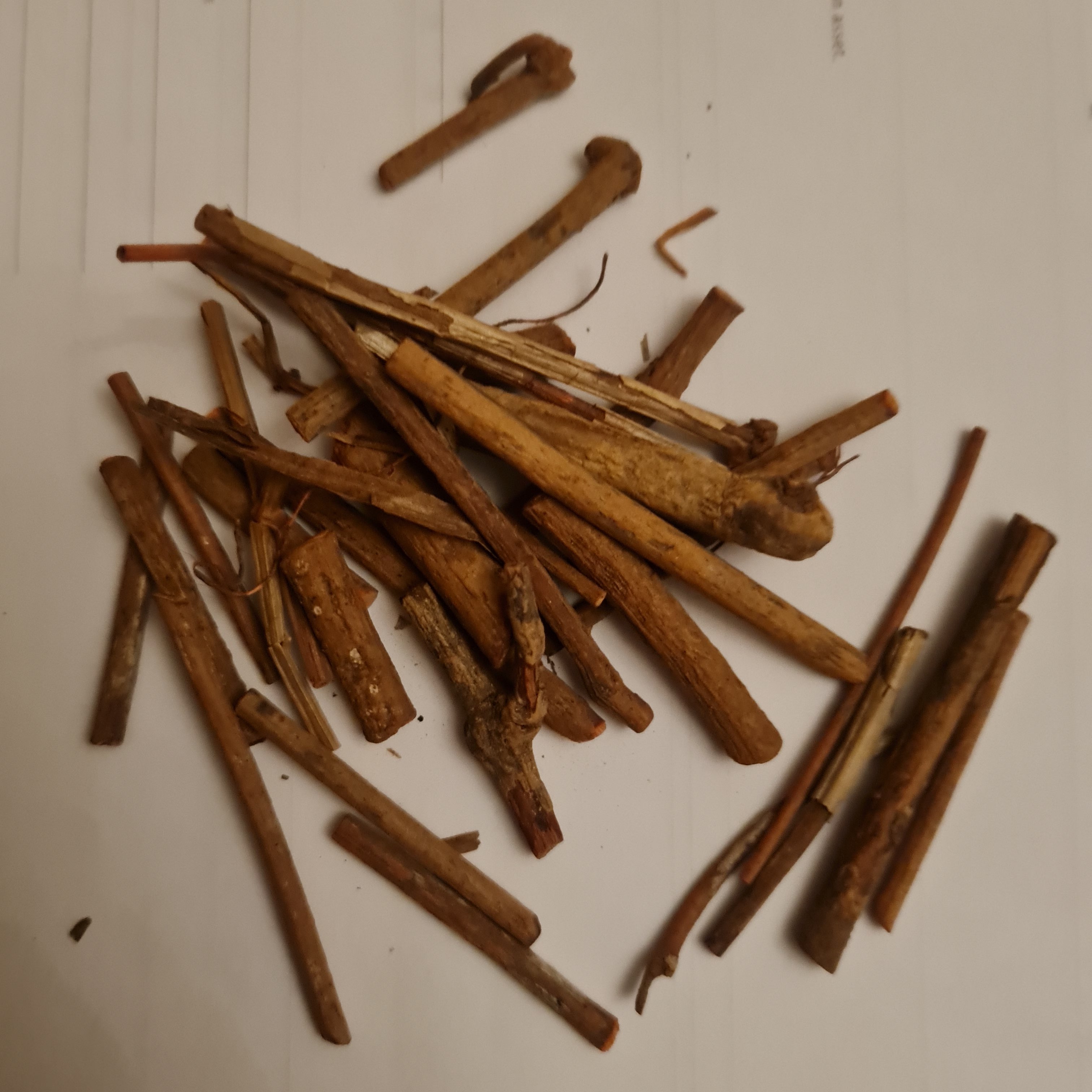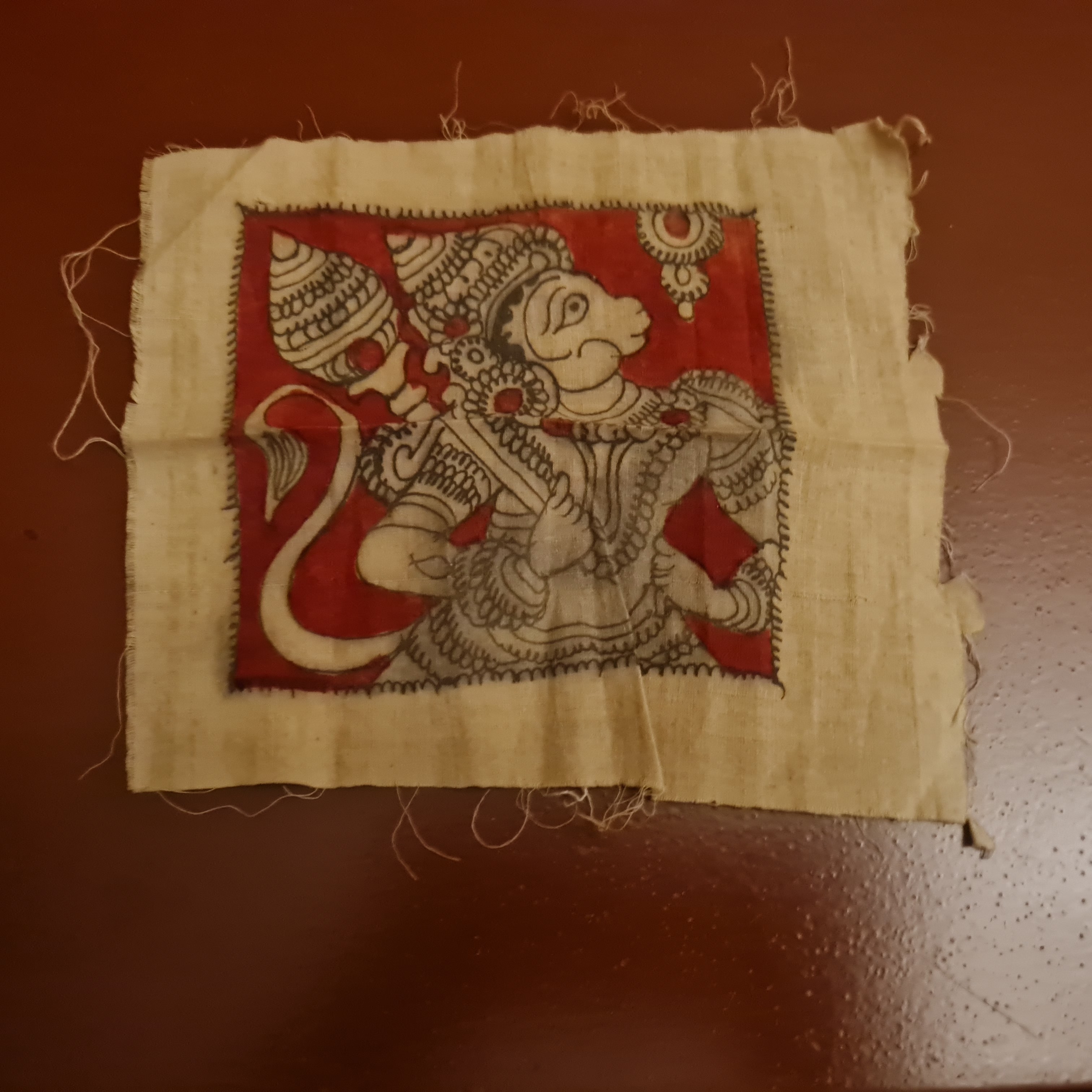Accession card
Description
My research is about Color Red in natural dyes.Title of my PhD research is Color matters: reconsidering plant based textile colourants. My interest in colour comes from curiosity to know more about materials , methods and techniqes to extract and apply colour . In my previous research, Song of Kalamkari, in search of golden hue in Kalamkari I intentionally looked at Colour Yellow which seemed to be an insignificant colour in the hierarchy of colours in Kalamkari. This journey took me to the Coromandel coast to Masulipatnam, Andhra Pradesh, South India. There were fabrics printed with shades of pinks, blues and greens and patterns from everyday life, gods and goddesses and many more. While walking in Pedana, Masulipatnam what struck me the most were the fabrics dyed with colour red basking in the sun. Colour red develops to a deeper shade in very high heat ( Summer temperature soaring to 36 + degree celicius). This made me curious to know more about colour red and the Madder plant. There are only two factories that use completely natural materials and traditional block printing process, still very less of madder was used.
The dye I shared with the group at ISGS was Madder roots and Madder extract. Most artisanal community uses Alizarin a derivative of Madder but not the actual roots or powder form roots.
Image 1: Madder roots.
Madder or Manjishta belongs to Rubiaceae a species of flowering plant in the coffee family that produce different shades of red. In the southern part of India, colour red is obtained from Rubia Cordifolia, also known as Common Madder or Indian madder.
Image 2:
Hand painted Kalamkari sample . This sample was given to me by the master artisan Shri.Gurappa Chetty, a well known Kalamkari artist from Srikalahasti, Andhra Pradesh. This Piece was a fascinating piece of cloth that showcases mastery and teh intricay of fluid hand drawn image and hand coloured with red dye. One has to be vey careful while applying colour red as it can bleed easily and difficult to control if the fabric is not prepared well. Though there are many challenges to manintain consistency, production, technique and lack of material availability , there is a joy of making which is visible in the fluidity of lines and gentleness in teh application of colour.
Code
Location
University
Title
Medium
- Image
Image contains
Linguistic translation
Kalamkari: Kalam meaning pen and kari as craftsmanship, literally means drawn with a pen
Manjishta: Madder or Indian Madder plant belonging to Rubiaceae a species of flowering plant in the coffee family,




